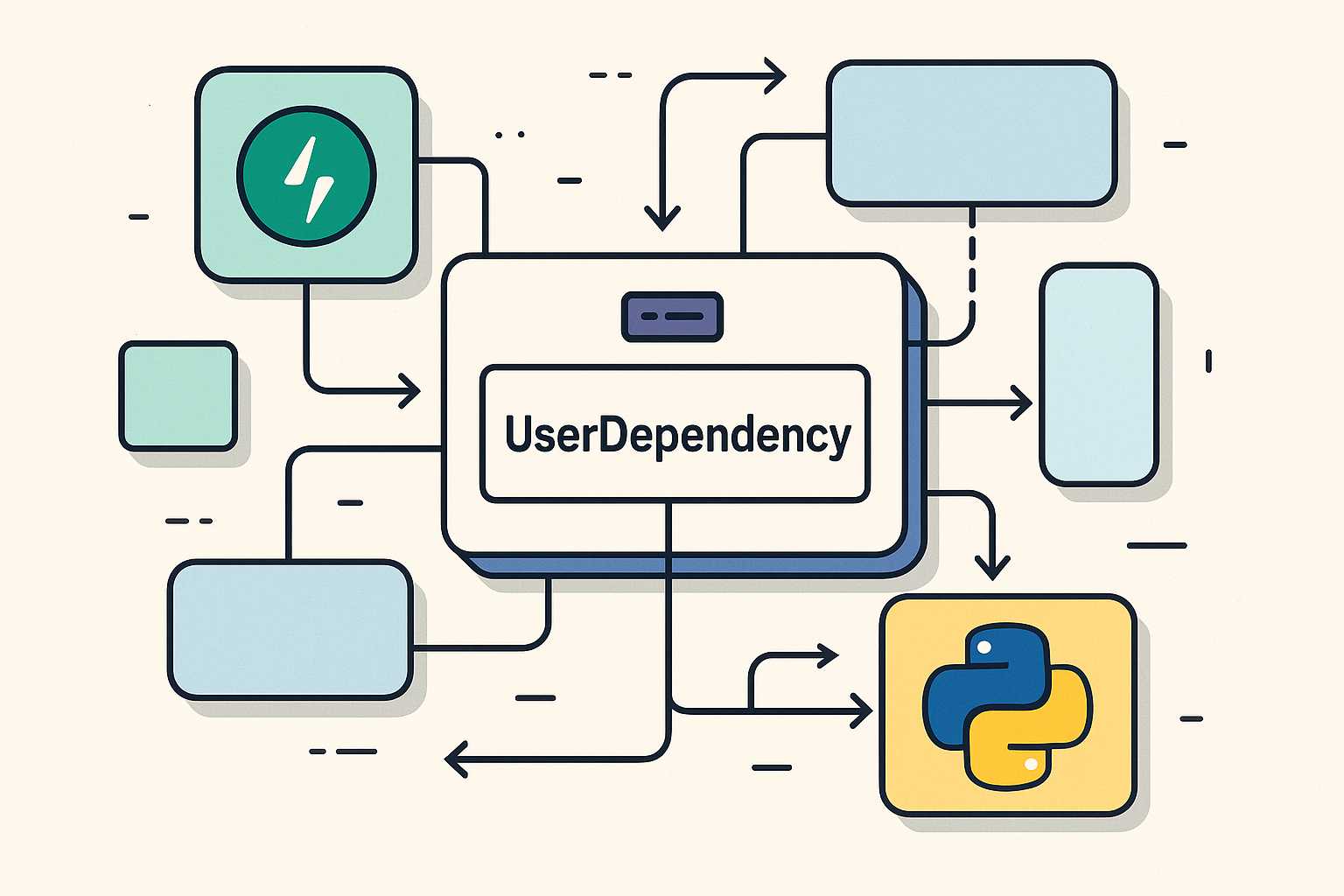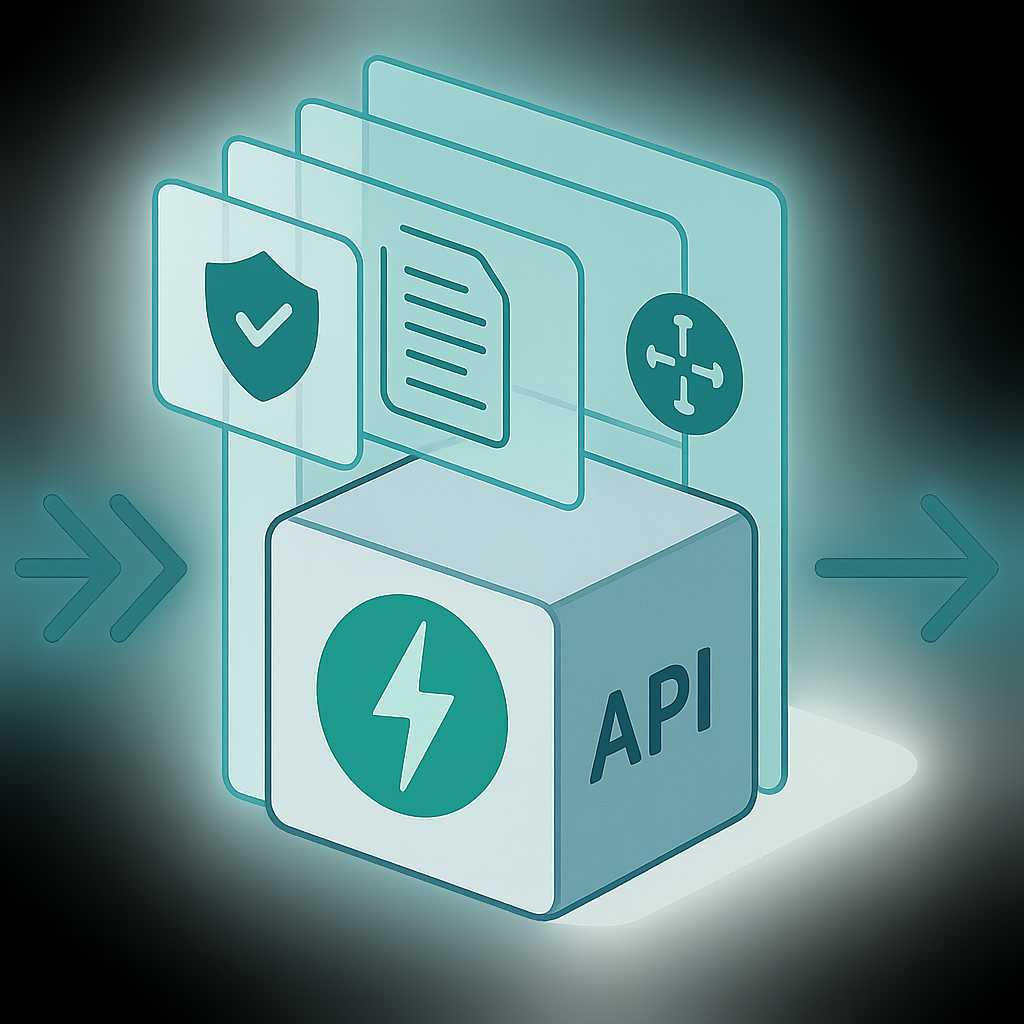Tag: Best Practices
-

Harnessing Python’s ‘enum’ Module: Elegant Solutions for Named Constants
When writing Python code, it’s common to need a set of related constants—think days of the week, user roles, or states in a workflow. While strings or integers can represent such values, they’re prone to typos and hard to keep organized. Enter Python’s built-in enum module: an often-overlooked gem that brings type safety, readability, and…
-

Custom Dependency Classes in FastAPI: Cleaner and More Reusable Code
As FastAPI projects grow, code organization and reusability become increasingly important. While FastAPI’s dependency injection system is very flexible, you’ve probably noticed that many dependencies are simple functions. But did you know you can write dependency classes, too? In this article, I’ll show you how and why to use classes as dependencies for cleaner, testable,…
-

Fine-Tuning FastAPI Path Parameters for Better API Design
As a backend web developer working extensively with FastAPI, one of the nuances I often encounter is handling path parameters with precision. While FastAPI provides intuitive syntax for defining routes, leveraging its advanced parameter options can make your APIs more robust, maintainable, and user-friendly. In this article, I’ll share practical tips for fine-tuning path parameters…
-

Leveraging FastAPI Middleware for Cross-Cutting Concerns
FastAPI’s elegant architecture makes it easy to build robust APIs, but as your applications grow, you’ll inevitably face the challenge of managing cross-cutting concerns like logging, request modification, security, and more. This is where FastAPI’s middleware system shines. In this article, I’ll walk you through the essentials of using middleware in FastAPI, including practical use…
-

Building an Advanced AI Chatbot: A Web Designer’s Perspective
Artificial intelligence is transforming the way we interact with users, providing conversational interfaces that feel natural and intuitive. As a web designer passionate about Material Design and modern Angular workflows, I’ll walk you through styling and building an advanced AI chatbot using the best of today’s web technologies. 1. Planning the Chatbot’s Architecture First, identify…
-

Unpacking Python’s ‘functools’: Hidden Gems for Everyday Programming
As Python developers, we often find solace in discovering built-in modules that streamline our code and make it more efficient. One such treasure trove is Python’s functools module—a humble standard library offering packed with powerful tools to supercharge your functions. Whether you’re writing decorators, caching results, or managing partial function application, functools has something for…
-

Harnessing the Power of Headless Drupal: Technical Insights and Advantages
As digital experiences diversify, web developers are increasingly reaching for headless content management systems (CMS) to fuel their applications. Among the available platforms, Drupal stands out as a robust, flexible, and API-rich solution for powering headless architecture. In this article, we’ll dive into the technical aspects of working with Drupal’s APIs and examine the advantages…
-

Understanding Git Submodules: Managing Dependencies with Ease
Git is an incredibly powerful tool for version control, but managing dependencies between repositories can sometimes be tricky, especially in larger projects. Enter Git submodules—a way to include repositories within repositories, making it easier to keep external code or shared libraries in sync without a lot of manual work. In this article, we’ll explore what…
-

Unlocking the Power of Drupal Paragraphs: Flexible Content Layouts for Editors
Drupal empowers site builders and editors with an impressive set of tools for content management, but one module stands out when it comes to creating flexible and reusable content layouts: Paragraphs. Whether you’re building complex landing pages or simply want to make life easier for your content editors, Paragraphs can be a game-changer. In today’s…
-

Enhancing Drupal Security: Easy Wins for a Safer Site
Drupal remains a powerful CMS, but its flexibility means keeping security in mind is crucial for every site owner. While a lot has been written about security best practices, today I wanted to share some actionable quick wins you can implement to instantly boost your Drupal site’s safety—without needing to be a security guru. Keep…
